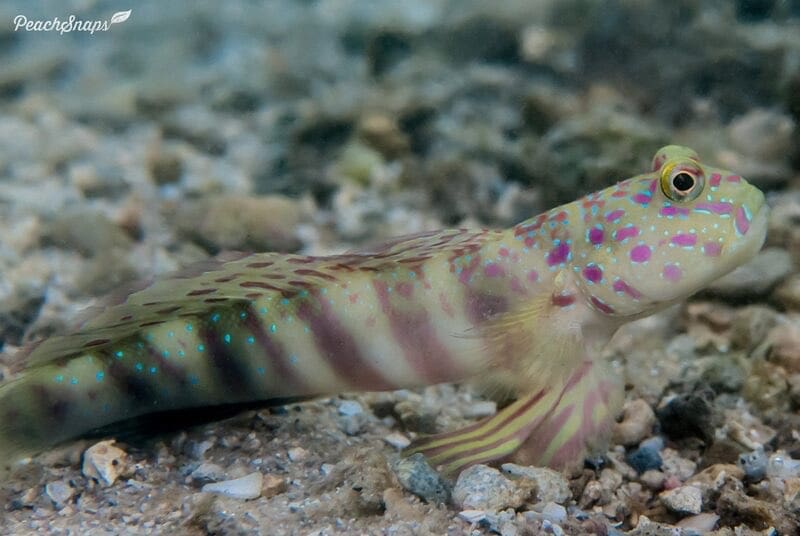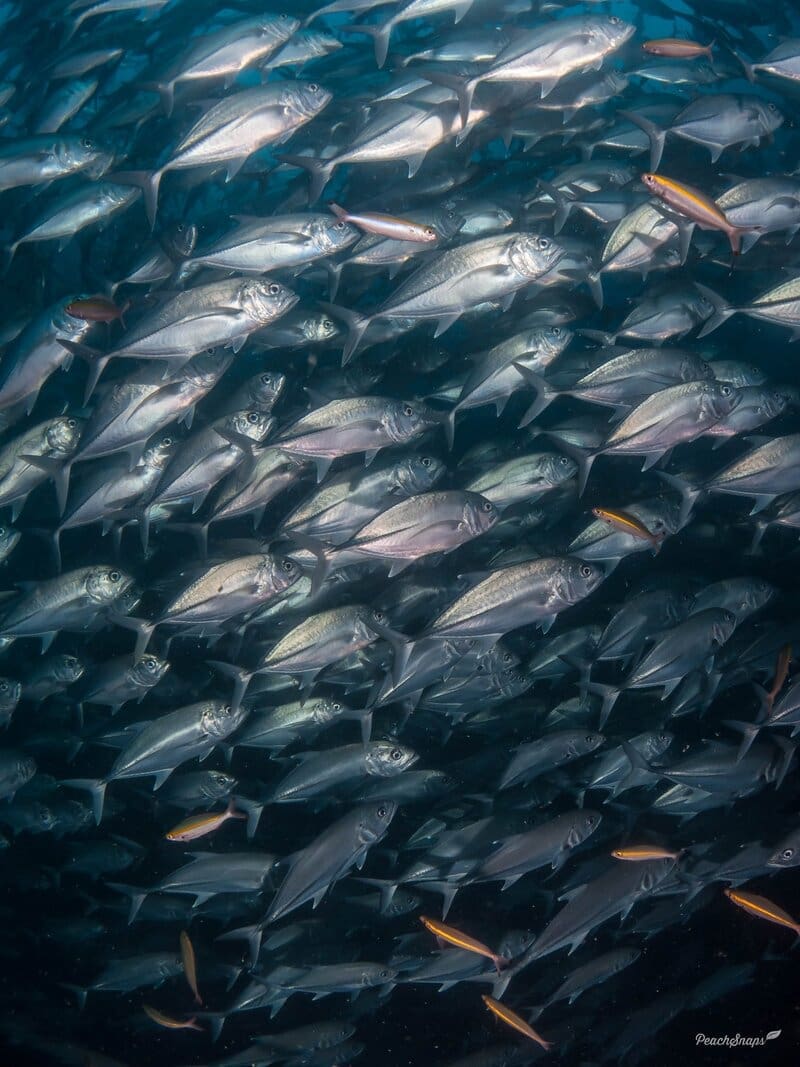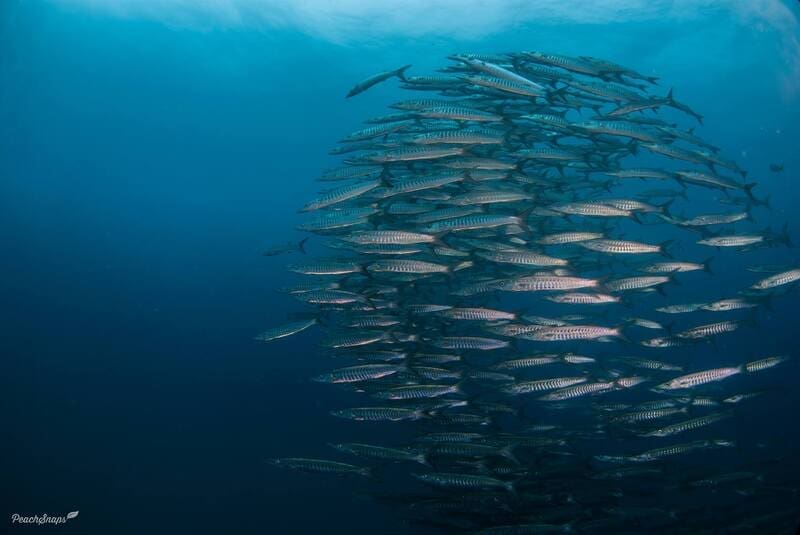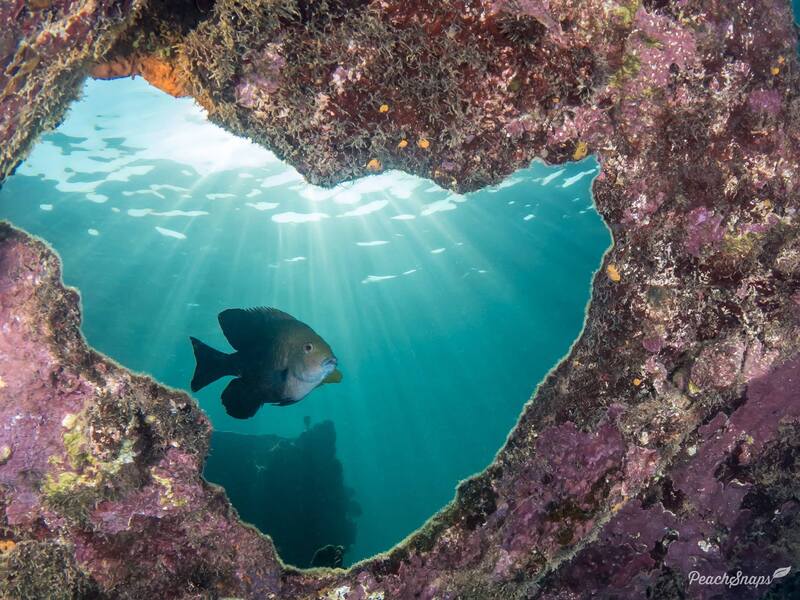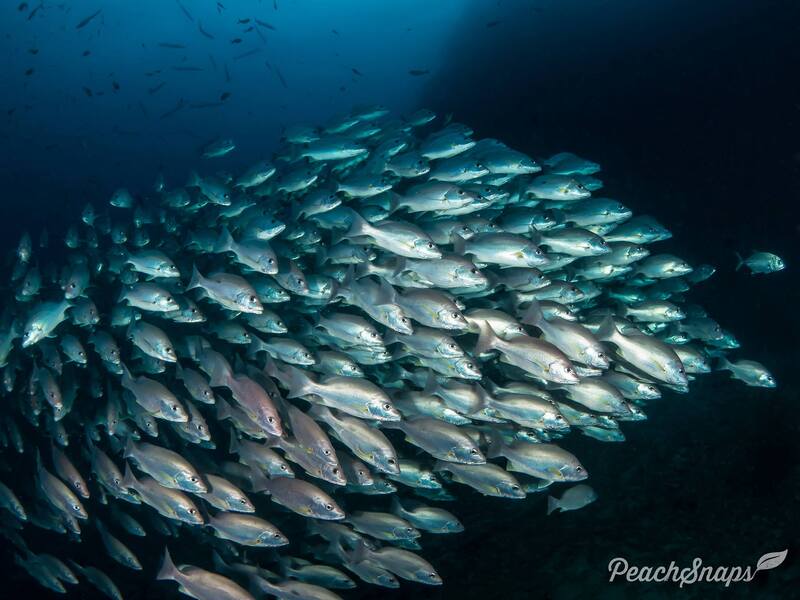The blue-ringed octopus (Hapalochlaena spp.) is one of the ocean’s most fascinating yet dangerous creatures. Known for its beautiful yet striking iridescent blue rings, this tiny octopus packs a venomous punch that can be fatal to humans. Found in the shallow waters of the Indo-Pacific, it captivates divers and marine life enthusiasts alike. Despite its small size and vibrant beauty, the blue-ringed octopus should be admired from a distance. Let’s dive into its characteristics, fascinating behaviors, and why it’s one of the most talked-about marine species.
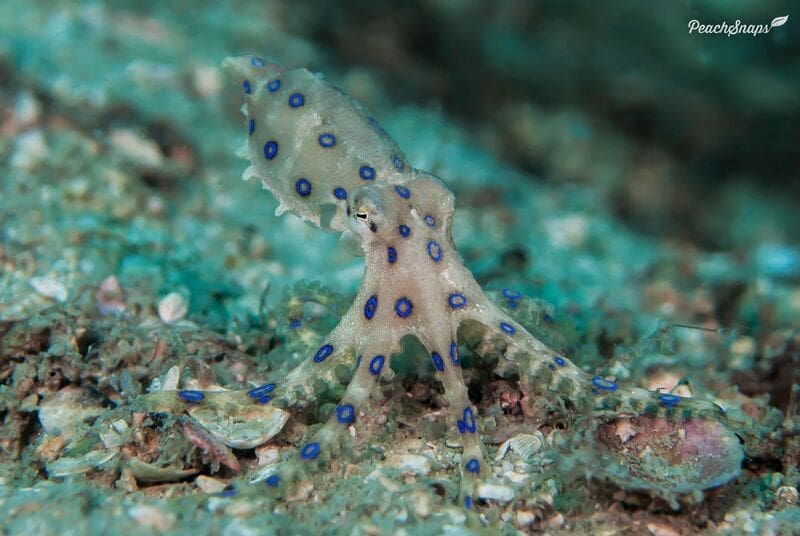
Appearance and Habitat
The blue-ringed octopus is small, typically measuring just 5 to 8 inches (12 to 20 cm) in length, including its tentacles. Its body is yellowish-brown, but when threatened, its bright blue rings appear as a warning signal. The vibrant rings are a result of specialized chromatophores in its skin, allowing the octopus to change colors and produce the characteristic glowing effect.
These octopuses are found in shallow coral reefs, tide pools, and seagrass beds throughout the Indo-Pacific region, including Australia, Japan, and the Philippines. They prefer hiding in crevices or under rocks during the day, venturing out to hunt for small crabs, shrimp, and fish at night.
Venom and Behavior
Despite their small size, blue-ringed octopuses carry one of the most potent venoms in the animal kingdom. Their venom contains tetrodotoxin, a neurotoxin that can cause paralysis and, in extreme cases, death. Interestingly, they don’t use this venom to defend themselves from predators, but rather to hunt prey. When they catch their meal, they inject the venom, which quickly immobilizes the victim.
However, the octopus is not aggressive toward humans. In fact, blue-ringed octopuses are incredibly shy and will only bite if provoked or handled. Their glowing blue rings are a last-ditch effort to warn off potential threats before resorting to a bite.
Are Blue-Ringed Octopuses Dangerous?
Yes, blue-ringed octopuses can be extremely dangerous if mishandled. However, bites are rare and usually occur when someone unknowingly picks up or steps on the octopus. Divers and snorkelers are encouraged to admire these creatures from a distance. Despite their deadly potential, they are non-aggressive and prefer to avoid humans whenever possible.
A funny story shared by an Australian diver involved a close encounter where he found a tiny octopus clinging to his camera. At first, he thought it was just an ordinary small octopus until it flashed its blue rings, sending him into a panic. Needless to say, he quickly and carefully put the camera down and gave the octopus plenty of space.
Conservation and Threats
Although blue-ringed octopuses are not currently endangered, they face the same challenges as many other marine species, including habitat loss due to coral bleaching and pollution. They play a critical role in maintaining the balance of coral reef ecosystems by controlling small crustacean populations. Protecting their habitats is essential for their continued survival, and conservation efforts are vital in ensuring healthy reef ecosystems.
Why the Blue-Ringed Octopus Matters
Despite their small size and the danger they pose, blue-ringed octopuses are an important part of the marine ecosystem. Their role as predators helps maintain the balance within the food chain, keeping populations of crabs, shrimp, and small fish in check. For divers and underwater photographers, encountering one is a thrilling experience, as their beauty is truly captivating. However, these creatures remind us that not everything beautiful is harmless.
Frequently Asked Questions About the Blue-Ringed Octopus
What is the blue-ringed octopus?
The blue-ringed octopus refers to four species within the genus Hapalochlaena, known for their vibrant blue rings and potent venom. Despite their small size—typically 12 to 20 cm—they are among the most venomous marine animals. They inhabit tide pools and coral reefs across the Indo-Pacific region, from Japan to Australia.
Where do blue-ringed octopuses live?
These octopuses are commonly found in shallow coastal waters, including reef flats, tidal pools, and seagrass beds. They often hide in crevices, dead shells, or debris, making them difficult to spot.
How dangerous is the blue-ringed octopus to humans?
Extremely dangerous. Their venom contains tetrodotoxin, a neurotoxin that can cause paralysis and respiratory failure within minutes. There is no known antidote, and the venom is potent enough to kill 26 adult humans.
What are the symptoms of a blue-ringed octopus bite?
Symptoms can appear within 10 minutes and include numbness, muscle weakness, difficulty breathing, and paralysis. The bite is often painless, so victims may not realize they’ve been envenomated until symptoms manifest.
What should you do if bitten by a blue-ringed octopus?
Seek immediate medical attention. Apply pressure to the wound and begin artificial respiration if breathing is compromised. Survival depends on prompt and sustained respiratory support until the toxin is metabolized.
How does the blue-ringed octopus hunt?
It preys on small crustaceans and fish, using its beak to deliver venomous bites that paralyze its prey. The octopus then consumes the immobilized victim at its leisure.
What is the lifespan and reproductive behavior of the blue-ringed octopus?
They have a short lifespan of about two years. Females lay a single clutch of approximately 50 eggs, which they guard without eating until they hatch. Both males and females die shortly after reproduction.
Are blue-ringed octopuses aggressive?
No, they are generally shy and will only bite when provoked or handled. Their vivid blue rings serve as a warning display when they feel threatened.
What is the conservation status of the blue-ringed octopus?
Currently, they are listed as “Least Concern” by the IUCN. However, threats like habitat degradation and collection for the aquarium trade could impact their populations.
Can blue-ringed octopuses be kept in aquariums?
While their appearance makes them attractive to collectors, their venomous nature and specific care requirements make them unsuitable for home aquariums. Additionally, capturing them from the wild can harm local ecosystems.
Final Thoughts
The blue-ringed octopus is one of the ocean’s most fascinating creatures. With its stunning blue rings and powerful venom, it’s both mesmerizing and formidable. While they are certainly not to be trifled with, these shy and elusive creatures play an important role in marine ecosystems. For those lucky enough to spot one, it’s a reminder of the incredible diversity and beauty of life beneath the waves.
Check out our next article about: Blue-spotted Ribbontail Ray



